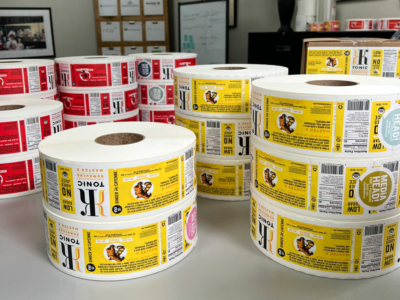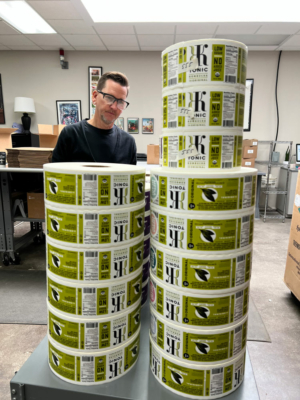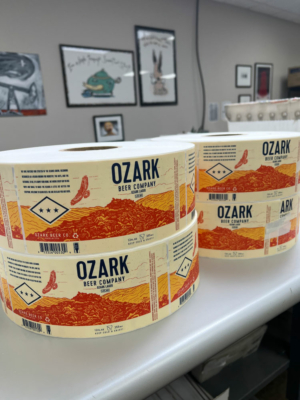By Kat McDaniel, Principal at MEDiAHEAD
 Since we entered the packaging and labeling industry, I have been fascinated and horrified by deceptive labeling on popular products that I see every day in the grocery store.
Since we entered the packaging and labeling industry, I have been fascinated and horrified by deceptive labeling on popular products that I see every day in the grocery store.
If you peruse any aisle, you will see all kinds of food labels touting products as being “healthy choices.” Cholesterol-free, gluten-free, natural, whole-grain and non-GMO, my favorite – no added sugar are just a few examples.
But is it actually healthier?
Many consumers believe these claims mean the food they are purchasing is healthier for them and their family. When what it really means is the companies advertising these products are taking advantage of the lack of understanding of the public to increase their profit.
“The supermarket is full of misleading food marketing, all of which is aimed at unsuspecting customers who simply want to purchase healthy foods for their family,” according to the US Food and Drug Administration. “Unfortunately, consumers don’t always have a good understanding of the verbiage used on the labels.”
The term NATURAL is another one that stands out to consumers.
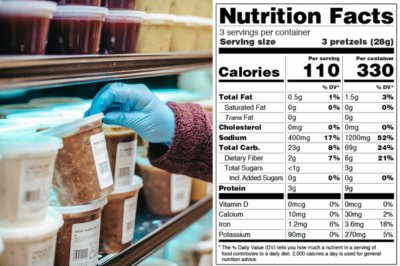 Currently, there is no official definition of natural. Consumers may pay more for the product with the natural label claim even though it is no different from the product next to it without the natural label claim.
Currently, there is no official definition of natural. Consumers may pay more for the product with the natural label claim even though it is no different from the product next to it without the natural label claim.
Although there is an FDA front-of-package labeling initiative to combat misleading food-marketing practices, it will take years and possibly even decades to overcome all the inappropriate and misleading claims.
Educate yourself, learn about ingredients and read the ingredients on every package. I’ve been following Bobby Parrish, who has some excellent tips to help you correctly read labels at the grocery store!
You can find him on Facebook or @bobbyparish on Instgram.

